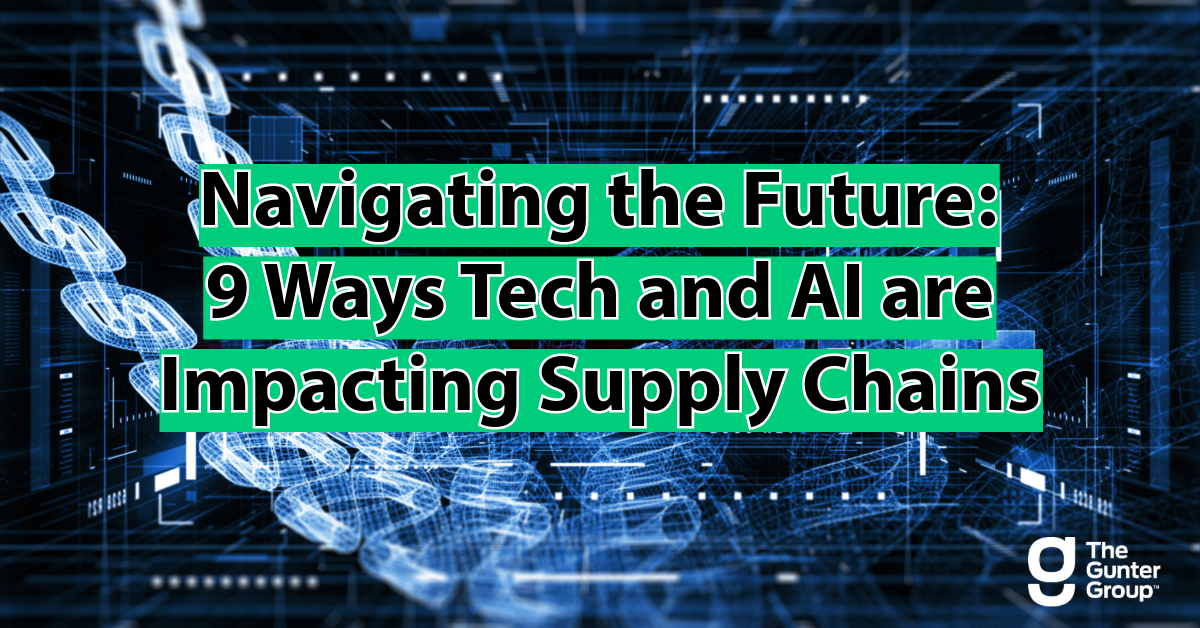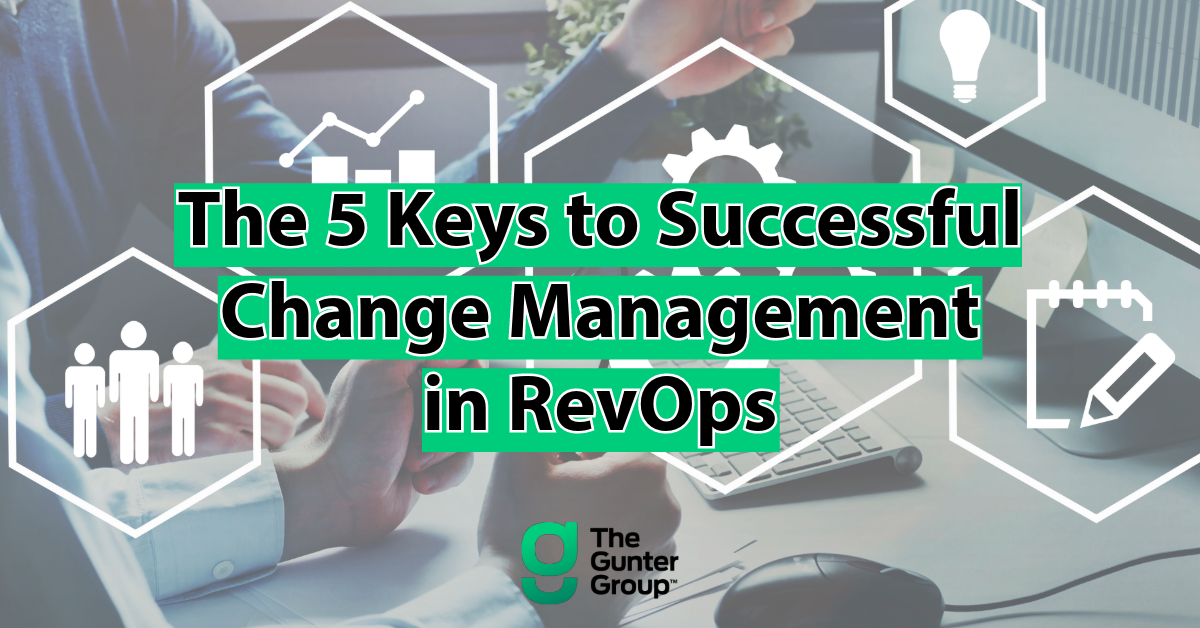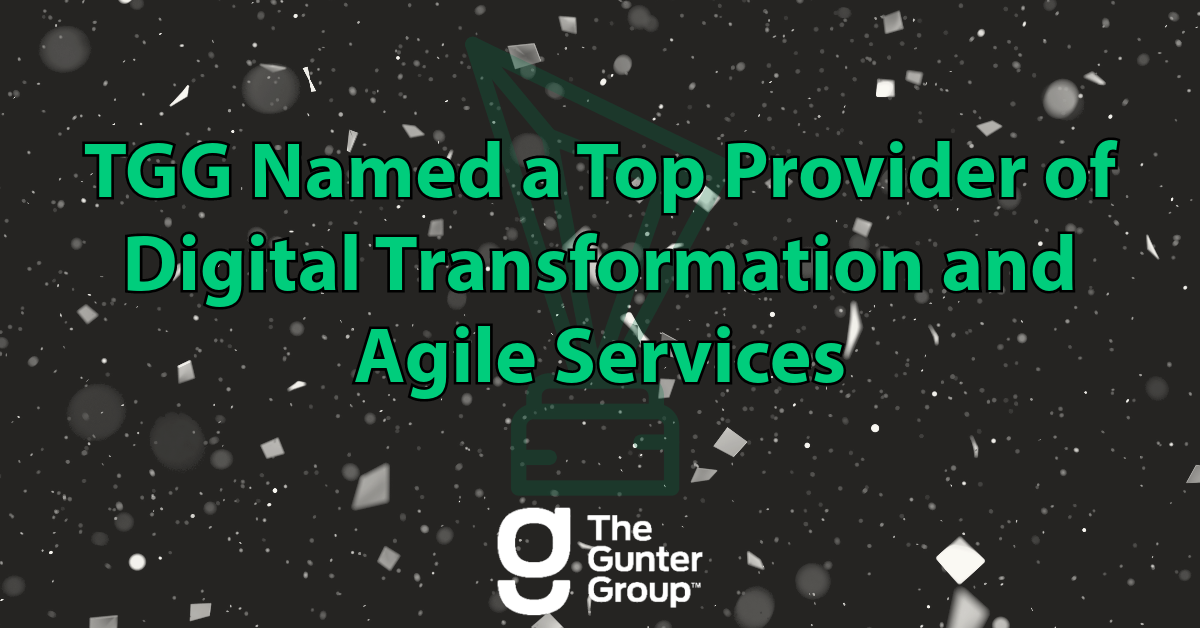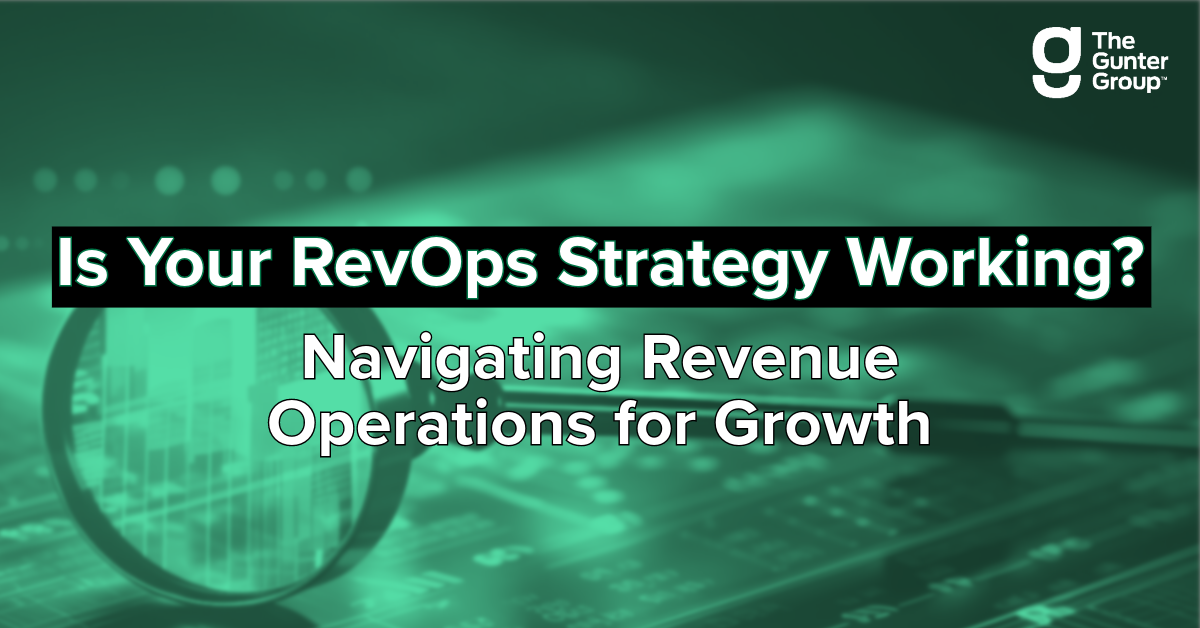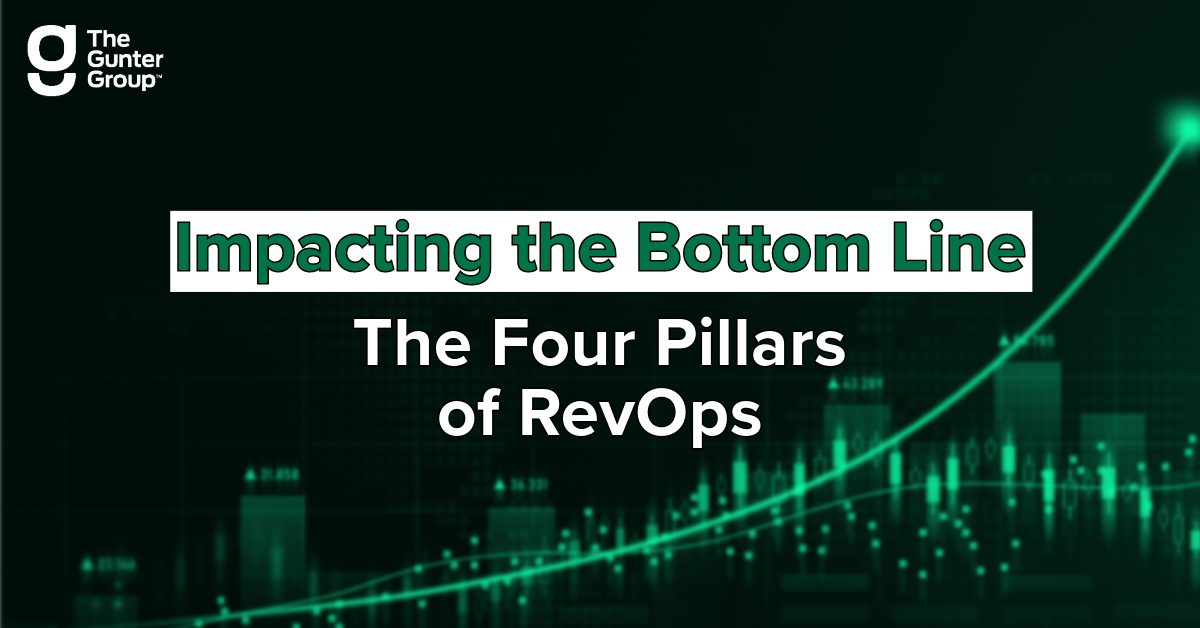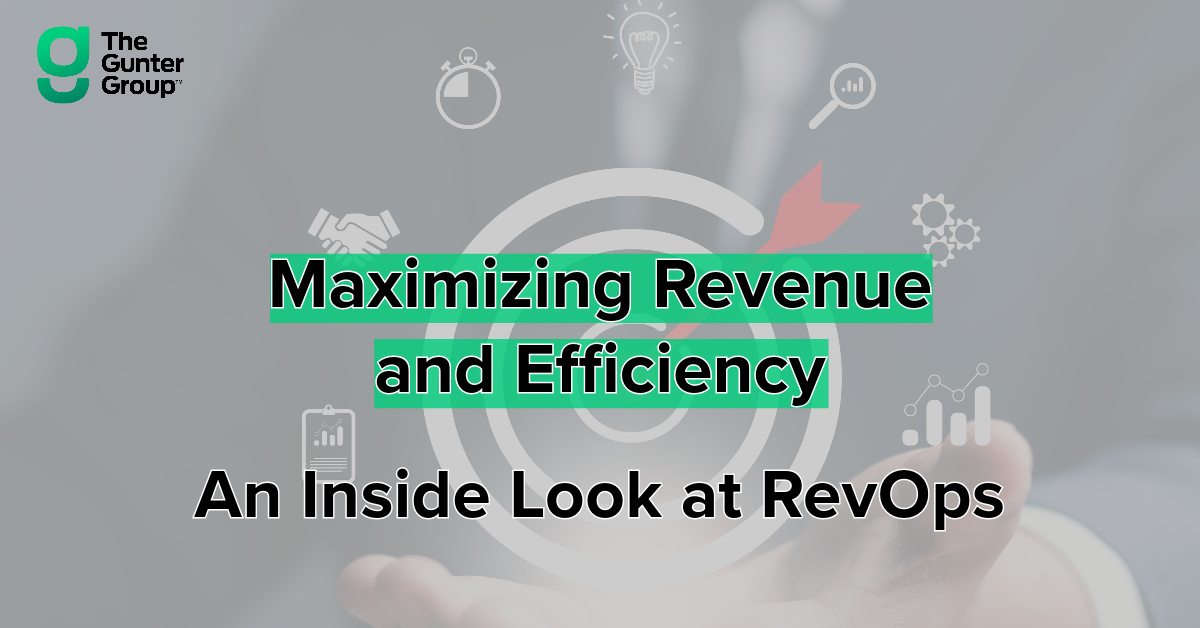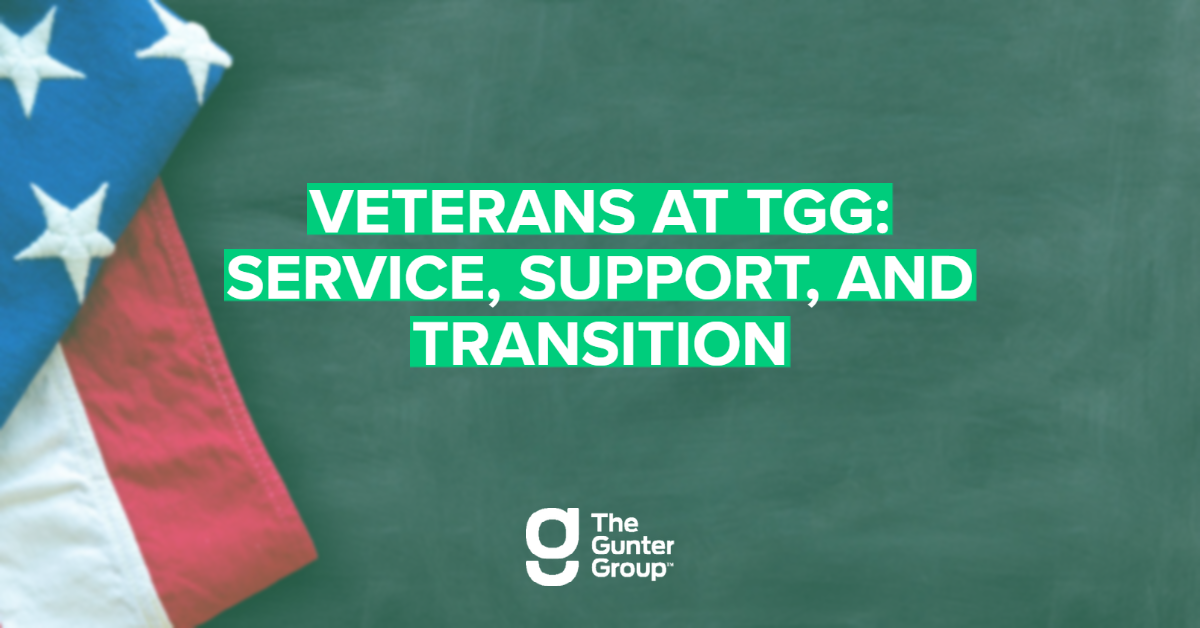Discover what being named one of Oregon’s 100 Best Companies to Work For by Oregon Business magazine means to the team at TGG. Ande Olson and Laura Emily share their insights on TGG’s culture, recognition, and what makes TGG unique.
Tag Archives: utah
Getting Started with Sustainability
In today’s corporate landscape, sustainability isn’t just a buzzword—it’s a critical aspect of business strategy. In this article explore two key prompts for defining sustainability goals, readiness assessment tips, and how to kickstart sustainability initiatives in your organization.
Navigating the Future: 9 Ways Tech and AI are Impacting Supply Chains
Supply chains must be agile and adaptive to thrive. In the first part of our supply chain blog series, we explore nine ways technology and AI are impacting supply chains across industries.
The 5 Keys to Successful Change Management in RevOps
Implementing RevOps is more than a structural shift; it’s a cultural transformation that requires a delicate balance of change management and enablement functions. In this article discover the five keys to successful change management in RevOps.
TGG Named a Top Provider of Digital Transformation and Agile Services
TGG is honored to be recognized as a ‘Most Promising Agile Services Provider,’ particularly in the field of Digital Transformation. Matt Bader and Angela Tekulve share more details on how TGG supports organizations with Digital Transformations and Agile Services.
Is Your RevOps Strategy Working? Navigating Revenue Operations for Growth
Revenue Operations transcends mere organizational alignment; it is a commitment to continuous growth, excellence, and a customer-centric approach. Explore how the customer journey and key RevOps metrics provide valuable insights for strategic growth and performance.
Impacting the Bottom Line: The Four Pillars of RevOps
Revenue Operations (RevOps) empowers organizations to adapt quickly to market changes, identify growth opportunities, and scale effectively. In this article we explore how the four pillars of RevOps impact the bottom line and how organizations can strategically activate RevOps.
Maximizing Revenue and Efficiency: An Inside Look at RevOps
In the ever-evolving digital landscape, businesses must embrace change and adapt to stay ahead of the competition. In this blog series, we will be focusing on one aspect of the digital transformation process that often gets overlooked yet is essential for business existence and success: Revenue Operations (RevOps).
VETERANS AT TGG:
SERVICE, SUPPORT, AND TRANSITION
A key pillar of our award winning team are veterans who served in our country’s military. Recently we sat down with three veterans and discussed their transition to consulting, what it was like wrapping up their military duties, and advice they have for others transitioning to the private sector.


